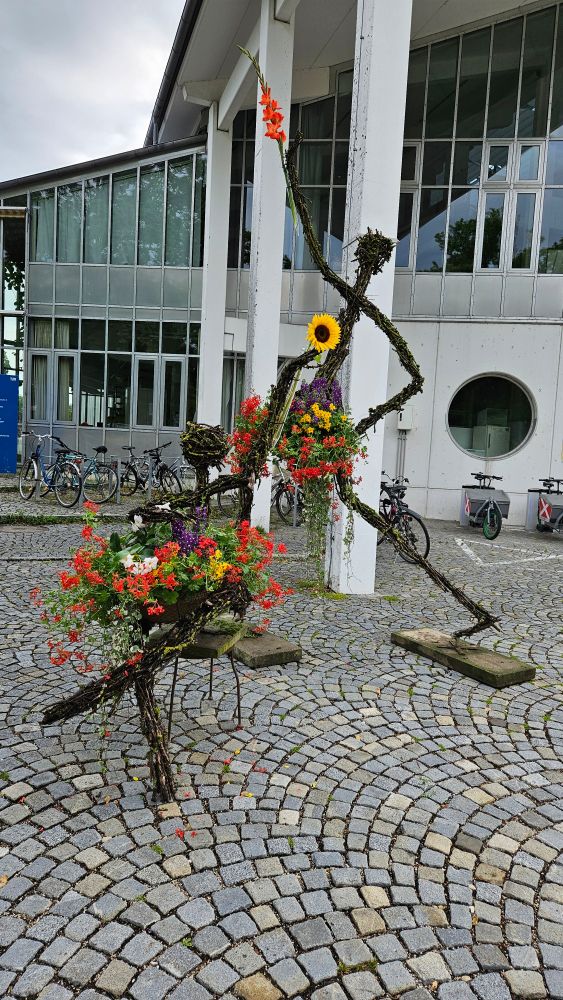
A flowery surprise at our @tum.de campus Freising yesterday. Congratulations to all students who celebrated their graduation.
28.06.2025 12:25 — 👍 1 🔁 1 💬 0 📌 0@itisalist.bsky.social
Assistant Professor for Data Science in Systems Biology at the Technical University of Munich (http://daisybio.de). Mostly posting about bioinformatics and systems / network biology research. Views are my own. he / him.

A flowery surprise at our @tum.de campus Freising yesterday. Congratulations to all students who celebrated their graduation.
28.06.2025 12:25 — 👍 1 🔁 1 💬 0 📌 0Yes indeed, are you here as well :-)
05.06.2025 16:12 — 👍 1 🔁 0 💬 0 📌 0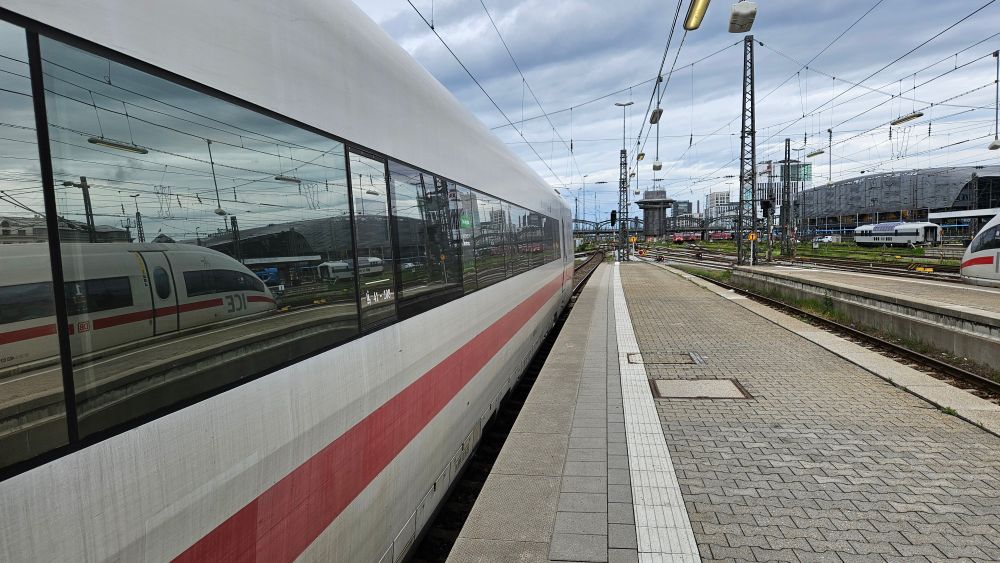
En route to visit the @cosybio-uhh.bsky.social lab in Hamburg who are kindly organizing the latest @repo4eu.bsky.social WP2 workshop. Looking forward to discussing the refinement of our computational pipelines for drug repurposing. Hope the train will not be too much delayed...
05.06.2025 15:16 — 👍 1 🔁 1 💬 1 📌 0🧬🖥️Drug response prediction is a machine learning challenge with immense potential for precision medicine. Our latest preprint introduces DrEval, a comprehensive benchmarking framework to evaluate state-of-the-art methods, uncover widespread issues, and guide the development of more robust models.
03.06.2025 17:43 — 👍 9 🔁 5 💬 0 📌 0
Had a great time in Innsbruck. The scenery here with the mountains in the background is always impressive, even when the weather is not so nice. Thanks @francescafinotello.bsky.social for inviting me!
28.05.2025 12:37 — 👍 3 🔁 0 💬 1 📌 0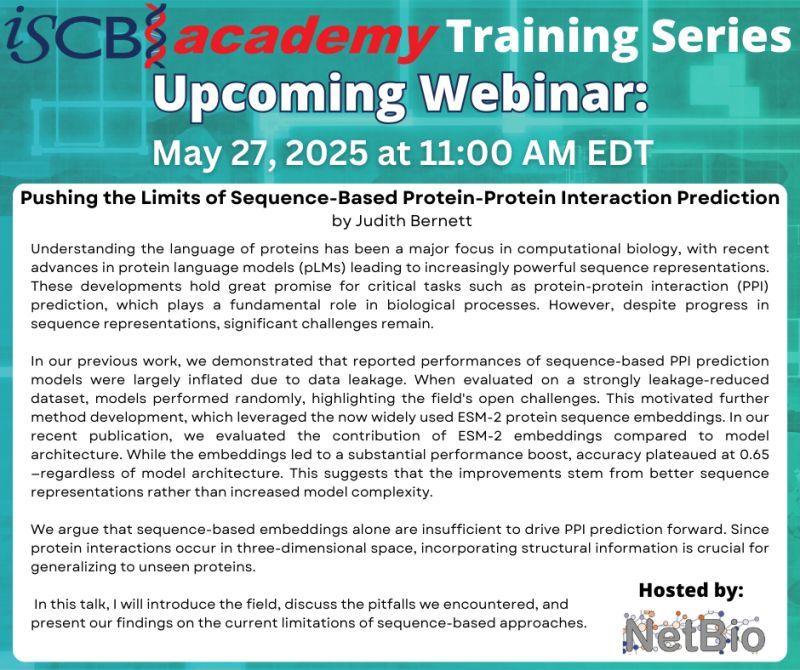
webinar description
For those of you who are not in Innsbruck to see me today, you might instead listen to @judith-bernett.bsky.social at the @iscb.bsky.social NetBio webinar!
🔗 Attend at ISCB Nucleus: iscb.junolive.co
📍 If you’re not an ISCB member, register for access to ISCB Nucleus: lnkd.in/gMhrKGJz

I believe the seminar is offline only. My focus is not data privacy (also very important!), but on inflated performance estimates due to methods learning illegitimate shortcuts. If you'd like to know more, we have written a perspective article with guiding questions: www.nature.com/articles/s41...
27.05.2025 12:22 — 👍 1 🔁 0 💬 1 📌 0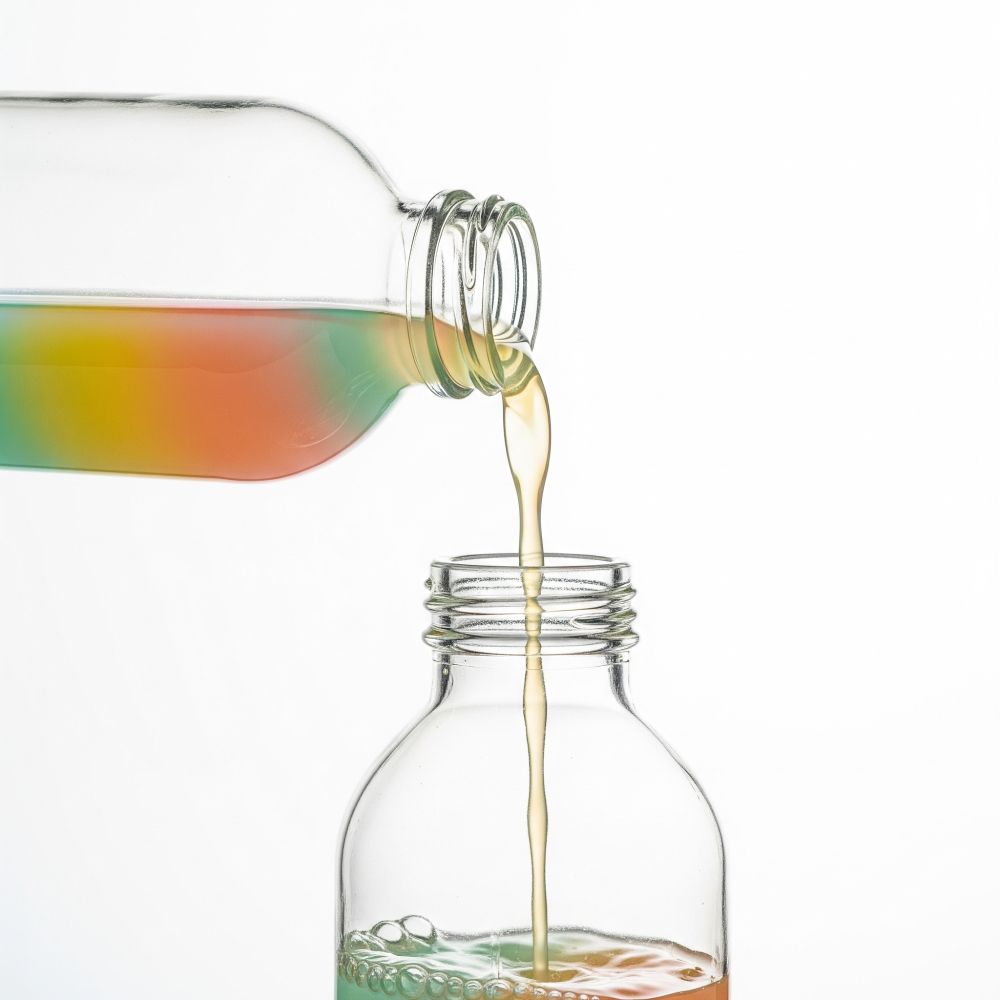
Colorful liquid flowing from one bottle into another, as an illustration for (data) leakage.
Traveling to Innsbruck by invitation of @francescafinotello.bsky.social to talk about data leakage, a widespread issue in biomedical machine learning applications. I'll talk about challenges in protein-protein interaction (doi.org/10.1093/bib/...) and drug response prediction (upcoming preprint!).
27.05.2025 07:43 — 👍 5 🔁 1 💬 1 📌 0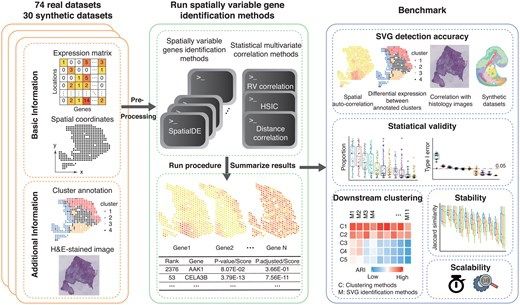
Benchmarking algorithms for spatially variable gene identification in spatial transcriptomics 🧬🖥️ academic.oup.com/bioinformati...
30.04.2025 20:05 — 👍 7 🔁 1 💬 0 📌 0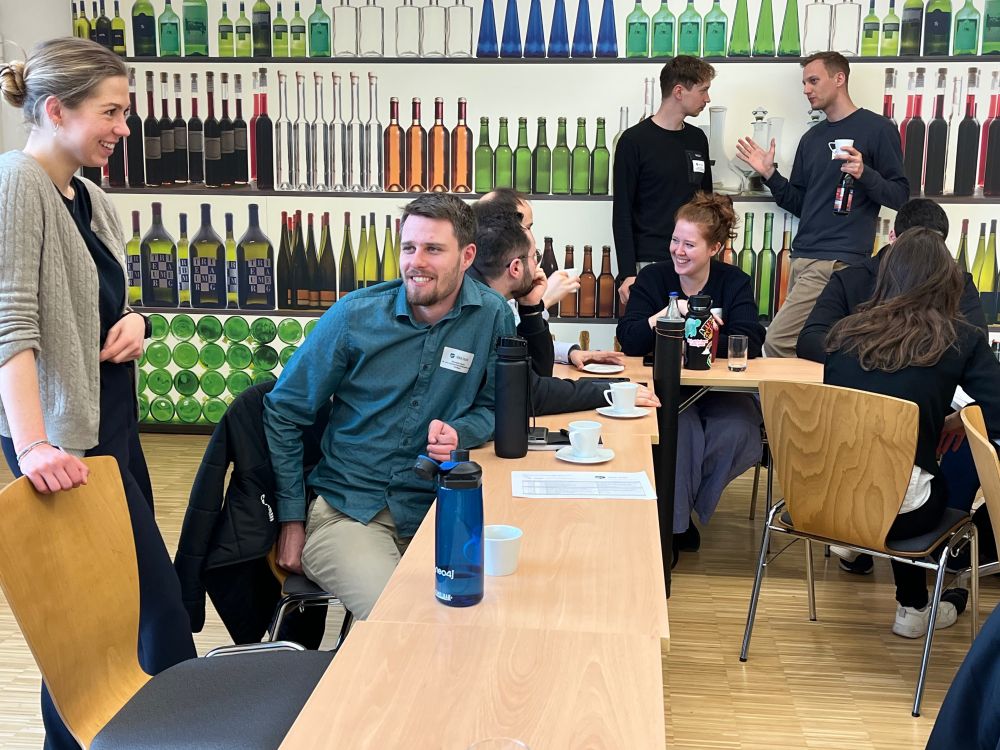

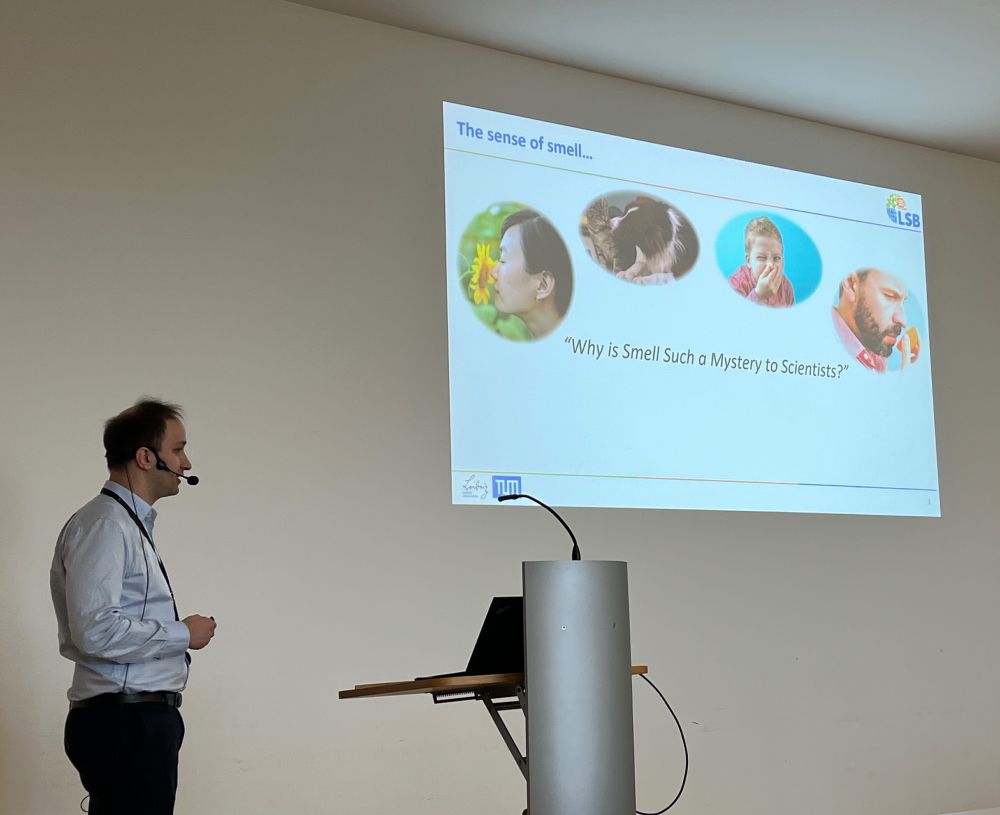
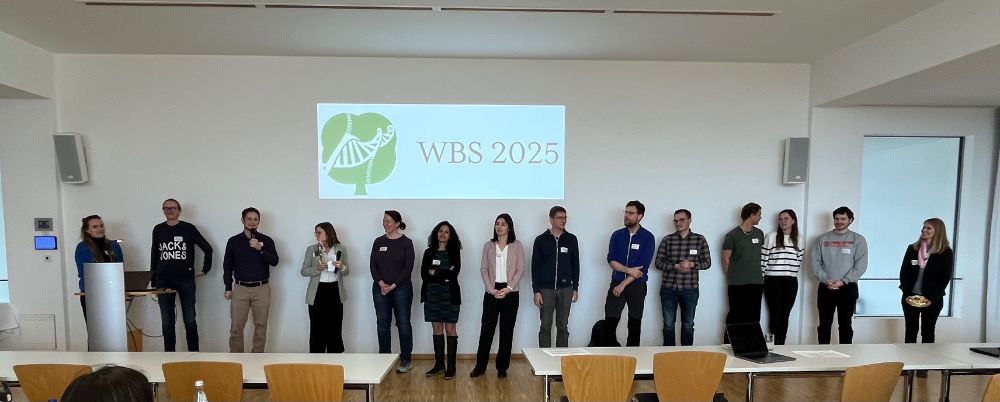
Weihenstephan Bioinformatics Symposium 2025: More than 75 scientists from Bavaria and the world came together to share talks and create new synergies. It was great to host this event, for those who missed it: The next edition is planned for 2027 😉
03.04.2025 08:07 — 👍 8 🔁 2 💬 1 📌 1I am so happy to see this manuscript finally out!!! We review and discuss all analysis steps in long reads transcriptomics. Hope the community finds this useful! Hugo thanks to @carolinamonzo.bsky.social and @tianyuanliu.bsky.social for the huge work!!! @longtrec.bsky.social @hitseq.bsky.social
28.03.2025 12:52 — 👍 27 🔁 11 💬 2 📌 2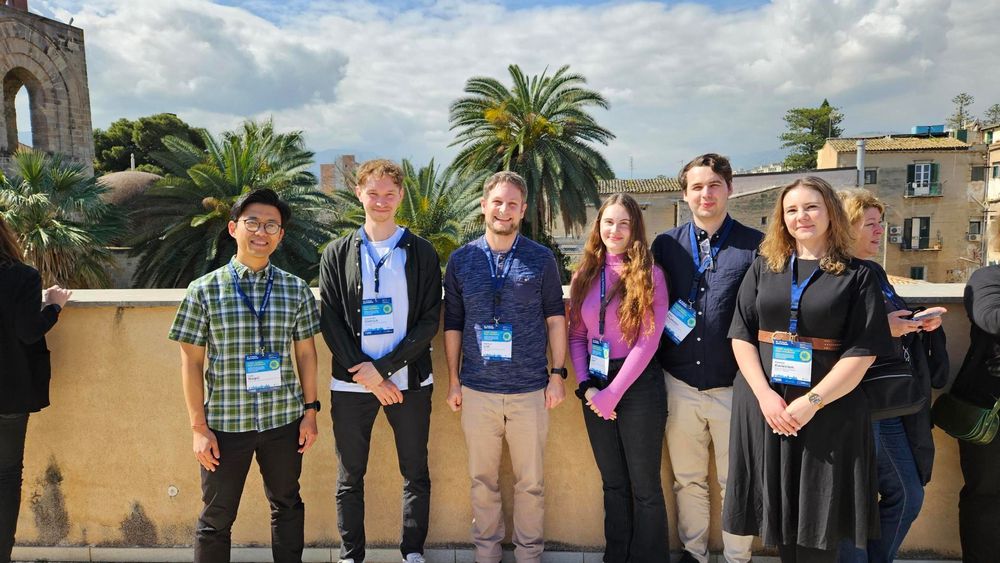
Greetings from Palermo! @en-coding.bsky.social, @a-dietrich.bsky.social, @itisalist.bsky.social, Serafina Reif, Nico Trummer & Kamila Kwiecien are united here at the occasion of the MyeInfoBank COSTAction: Converting Molecular Profiles of Myeloid Cells into Biomarkers for Inflammation and Cancer
20.03.2025 13:56 — 👍 3 🔁 2 💬 0 📌 0It was a pleasure having you, Ryu! Thanks so much for your talk and visit.
03.03.2025 14:01 — 👍 1 🔁 0 💬 0 📌 0
📍Welcome to our presentation round of the DaiSyBio members! Every week, you will get to know someone from our lab.
The start is done by @itisalist.bsky.social who heads the group. Markus joined TUM in 2018 and became a W2 tenure track associate professor in 2023. More members are about to follow! 📍

By the way, we also have a lab account on bluesky now. Follow @daisybio.de to get more news about our activities. We are also on LinkedIn: www.linkedin.com/company/dais...
31.01.2025 11:16 — 👍 2 🔁 1 💬 0 📌 0
Congrats to our PhD student Johannes Kersting for winning the ASAPbio poster prize for his contribution to the @repo4eu.bsky.social #REXPO24: blog.scienceopen.com/2025/01/joha...
30.01.2025 11:44 — 👍 7 🔁 2 💬 0 📌 0We followed up on our previous work, where we showed that predicting protein-protein interactions from sequence alone yields random performance when data leakage is accounted for. In this new preprint, we show that ESM2 embeddings raise the bar to 0.65 accuracy independent of the model architecture.
27.01.2025 11:39 — 👍 2 🔁 0 💬 0 📌 0Hey young investigators, use this opportunity to learn about the COST action MyeInfoBank and listen to a nice talk by our fabulous @a-dietrich.bsky.social
23.01.2025 14:41 — 👍 1 🔁 1 💬 0 📌 0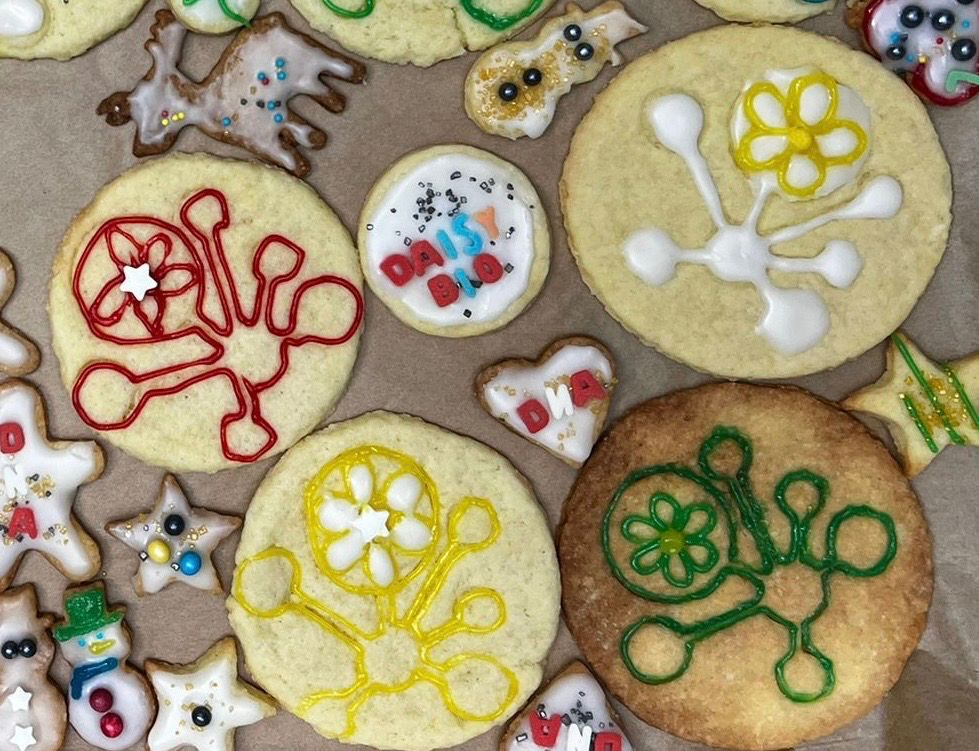
The whole DaiSyBio team wishes you happy holidays - more to come in 2025 ✨ (Nota bene: This is not an AI generated picture)
19.12.2024 09:53 — 👍 3 🔁 1 💬 0 📌 0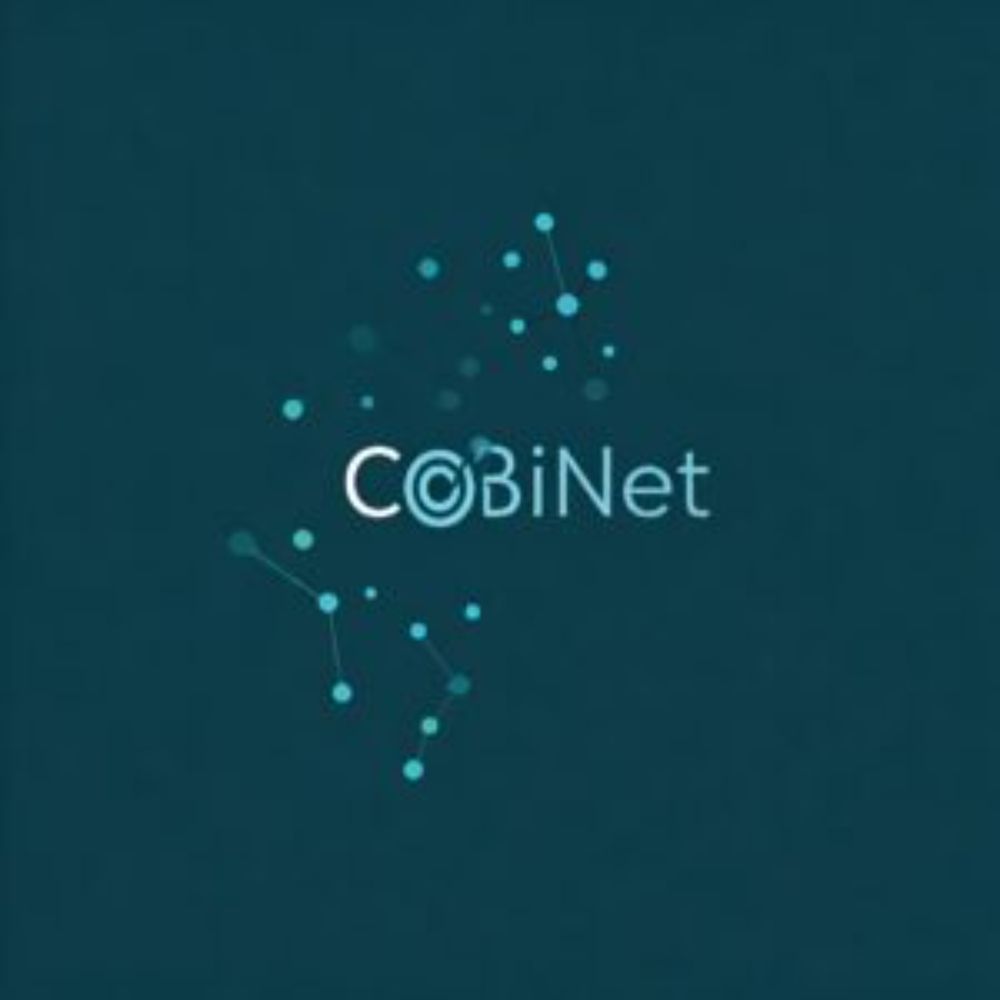
Another issue is that static PPI networks do not reflect dynamic changes. Continuing our fruitful collaboration with @dbblumenthal.bsky.social & @michaelschaefer.bsky.social in the project www.cobinet.ai, generously funded by @klaus-tschira-stiftung.de, we explore strategies to improve PPI networks.
14.12.2024 19:47 — 👍 0 🔁 0 💬 0 📌 0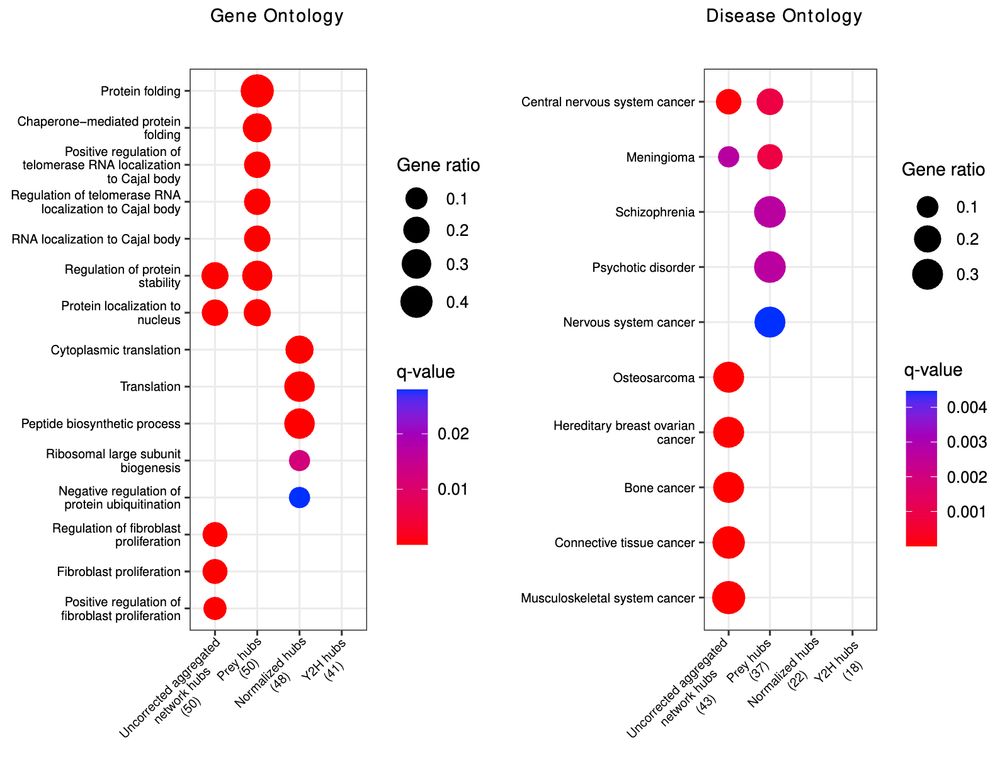
We realize here that PPI networks might look different than we think. Normalizing for study bias promotes proteins such as chaperones and demotes disease-relevant proteins, showing that disease-attention bias could potentially be mitigated.
14.12.2024 19:47 — 👍 0 🔁 0 💬 1 📌 0In this paper, we challenge the widely held view that the degree of distribution of protein-protein interaction networks follows a power law. Indeed, we could show through simulation that this property can be explained by a combination of study attention bias and false positive detections alone.
14.12.2024 19:47 — 👍 0 🔁 0 💬 1 📌 0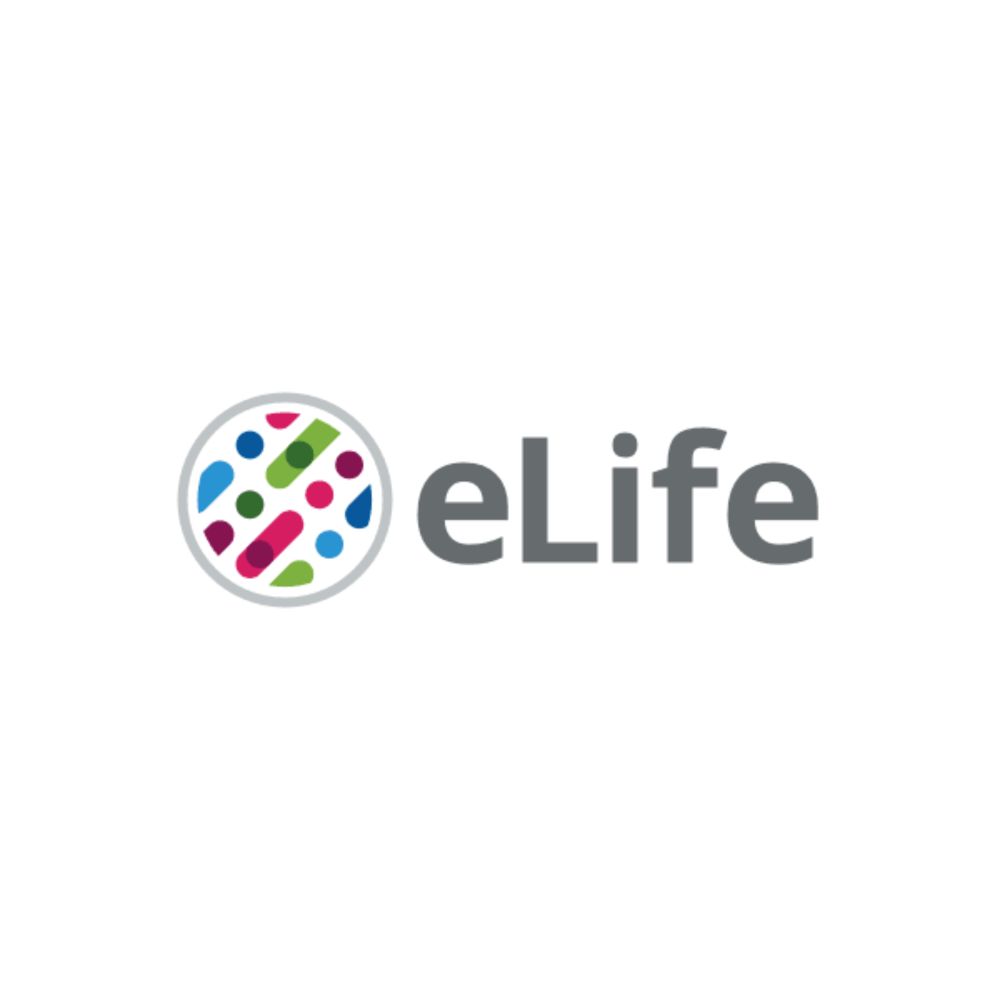
Incredibly happy to finally see our manuscript "Emergence of power-law distributions in protein-protein interaction networks through study bias" published in @elife.bsky.social. doi.org/10.7554/eLif... It's been a long but fun journey with @dbblumenthal.bsky.social and @martinschaefer.bsky.social
14.12.2024 19:47 — 👍 16 🔁 9 💬 1 📌 1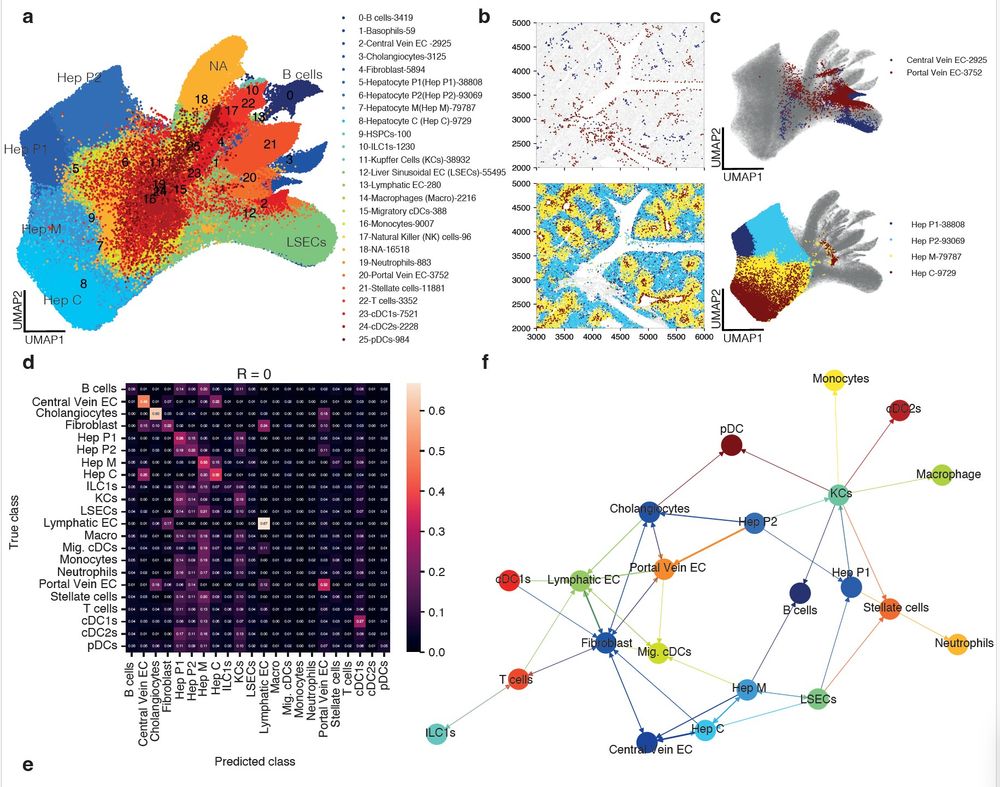
NiCo is out! Our new algorithm for spatial transcriptomics data analysis predicts the crosstalk of cell types co-localized in tissue niches and sheds light on signalling mediators and downstream effects of cell-cell interactions by inferring covarying gene programs.
www.nature.com/articles/s41...
Looks like yet another case of overhyped results due to poor #bioMLeval evaluation of deep learning models -this time deep docking methods - specifically DiffDock. Look forward to the DiffDock authors response. But dont see any major flaws in this critique. Conclusion is REALLY worth reading!
05.12.2024 23:30 — 👍 47 🔁 11 💬 4 📌 1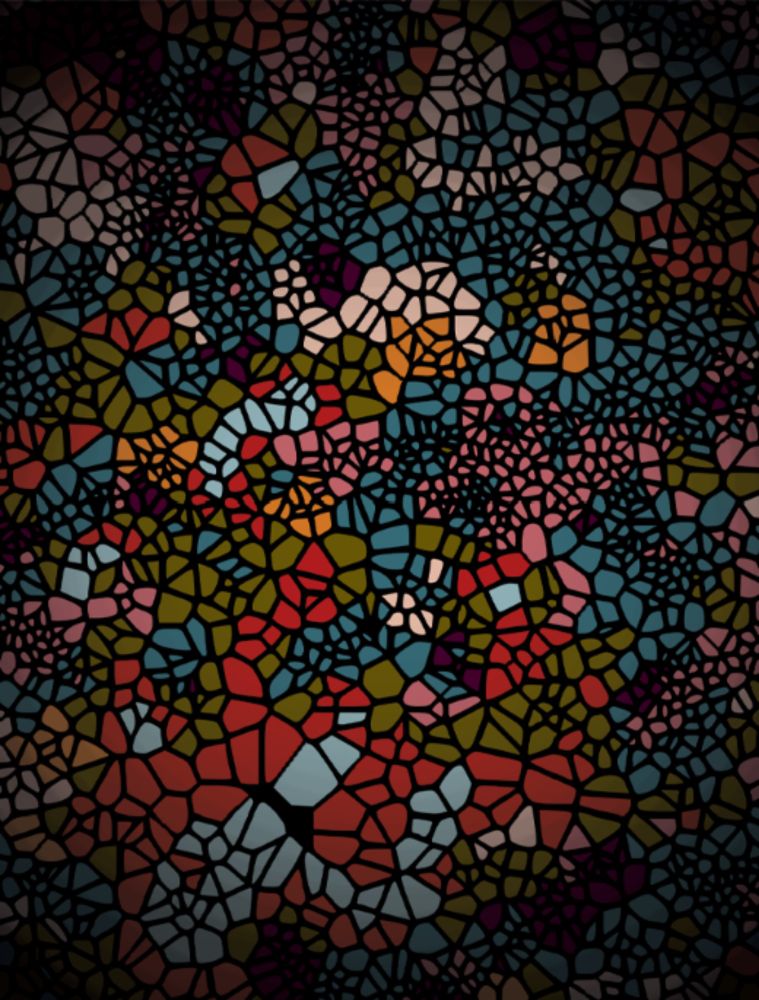
I could not be more thrilled to announce the Nature Methods @naturemethods.bsky.social Method of the Year is Spatial Proteomics! Please see our editorial as a roadmap to the fantastic content in this special issue! www.nature.com/articles/s41...
06.12.2024 20:52 — 👍 618 🔁 172 💬 3 📌 18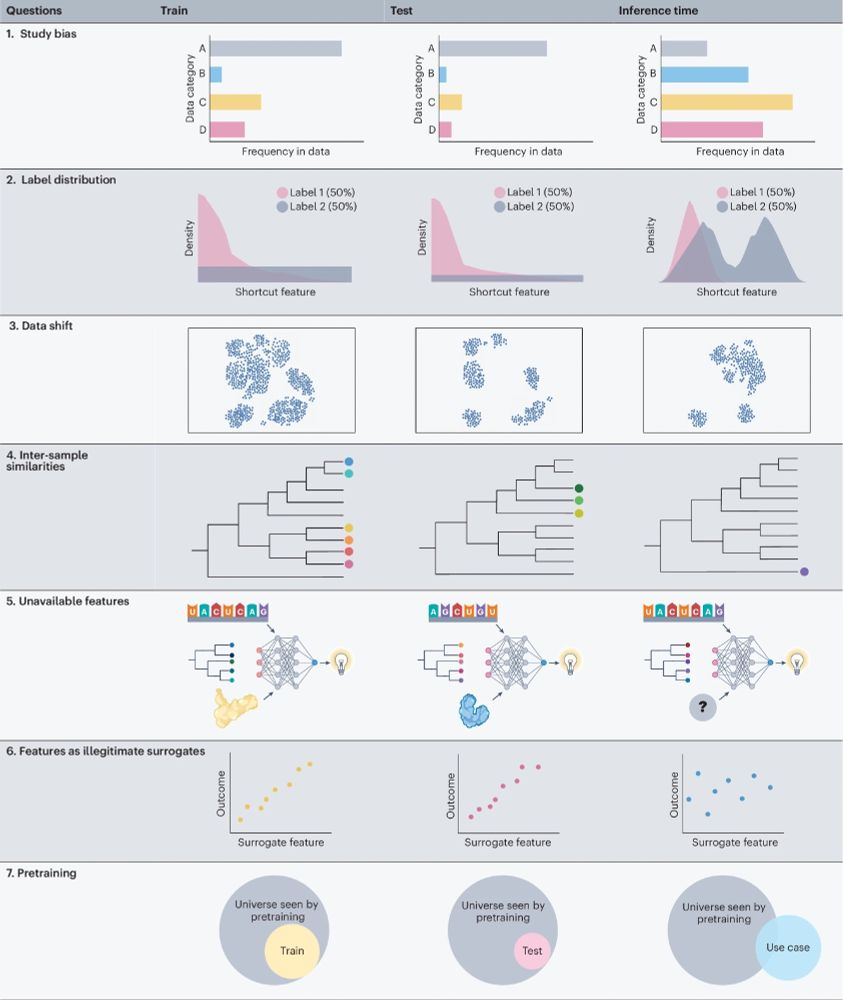
Overview figure of the seven guiding questions addressed in manuscript regarding (1) Study bias, (2) Label distribution, (3) Data shift, (4) Inter-sample similarities, (5) Unavailable features, (6) Features as illegitimate surrogates, (7) Pretraining
🧬🖥️Tranferring my papers, Pt. 2: "Guiding questions to avoid data leakage in biological machine learning applications" doi.org/10.1038/s41592-024-02362-y, which I published with @itisalist.bsky.social @dbblumenthal.bsky.social @romanjoeres.bsky.social, D. Grimm, F. Haselbeck, and O.V. Kalinina. 🧵1/20
02.12.2024 11:53 — 👍 6 🔁 2 💬 1 📌 0
Overview figure summarizing the major analyses of the paper. In the setting employed by published methods, performances are strongly inflated regardless of model and dataset. When the positive training dataset is randomly rewired, there is only a slight decrease in performance. When the models are evaluated on unseen proteins that are unsimilar to the training proteins, performances become random.
🧬💻Transferring my paper posts here, starting off with "Cracking the black box of deep sequence-based protein-protein interaction prediction" doi.org/10.1093/bib/..., which I published together with @itisalist.bsky.social and @dbblumenthal.bsky.social. So what was it about? 1/13 🧵
28.11.2024 09:10 — 👍 14 🔁 4 💬 3 📌 0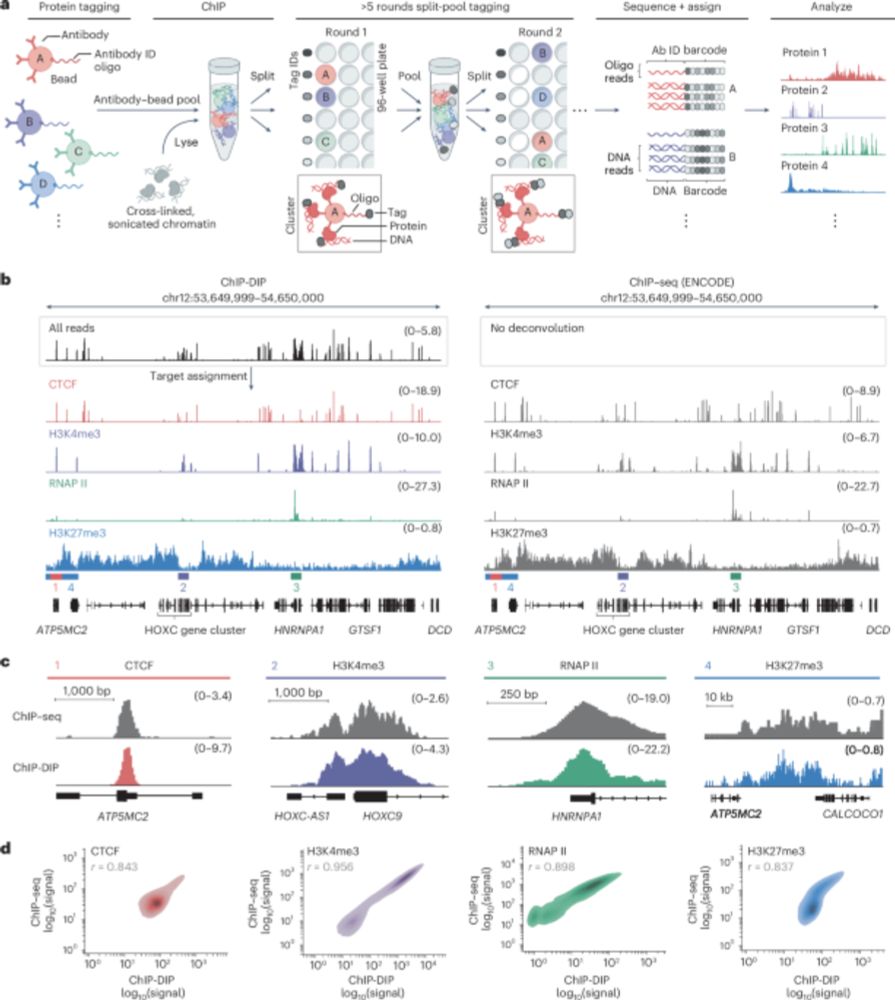
Gene regulation involves thousands of proteins that bind DNA, yet comprehensively mapping these is challenging. Our paper in Nature Genetics describes ChIP-DIP, a method for genome-wide mapping of hundreds of DNA-protein interactions in a single experiment.
www.nature.com/articles/s41...